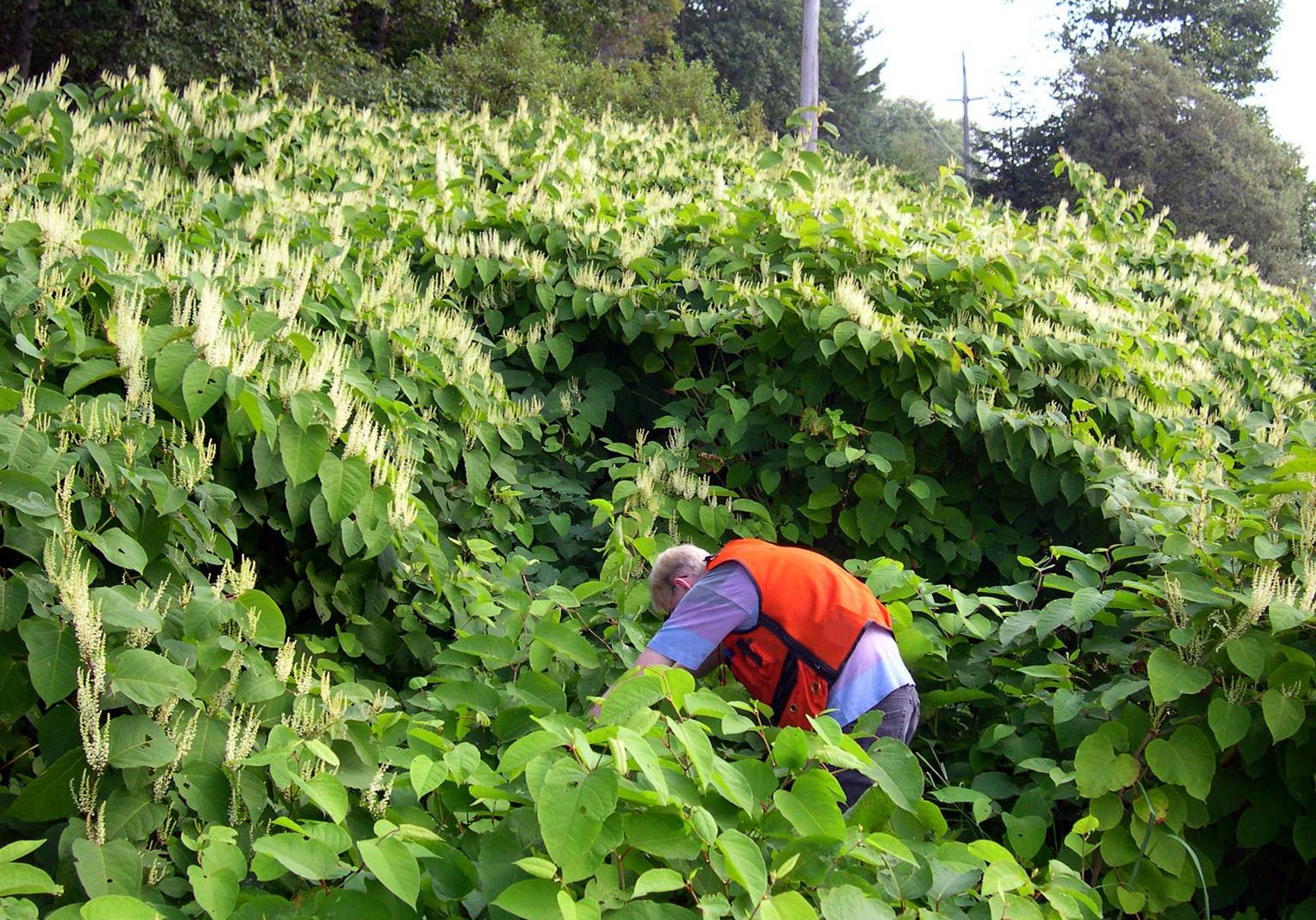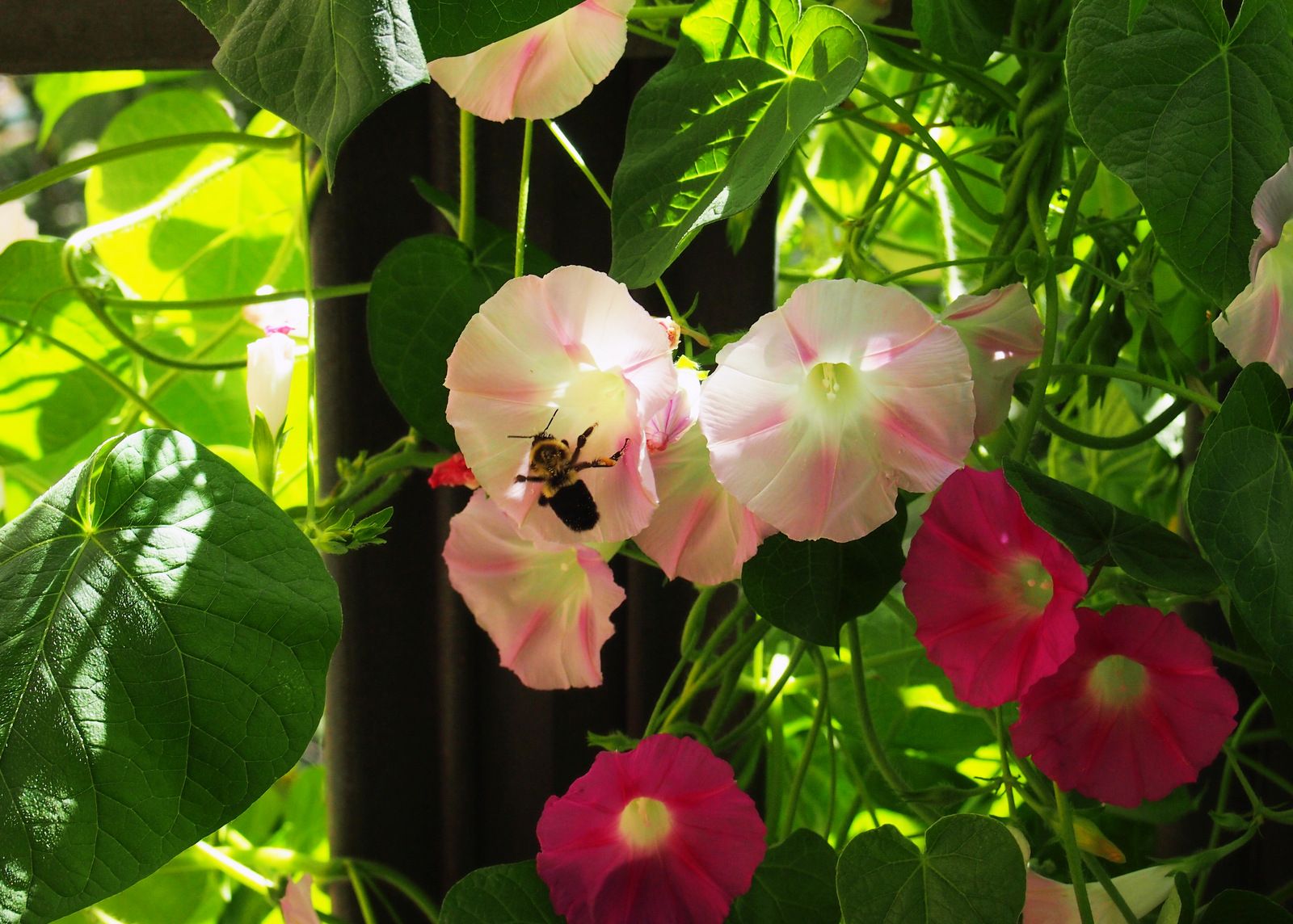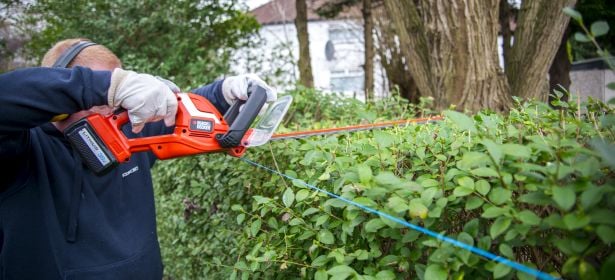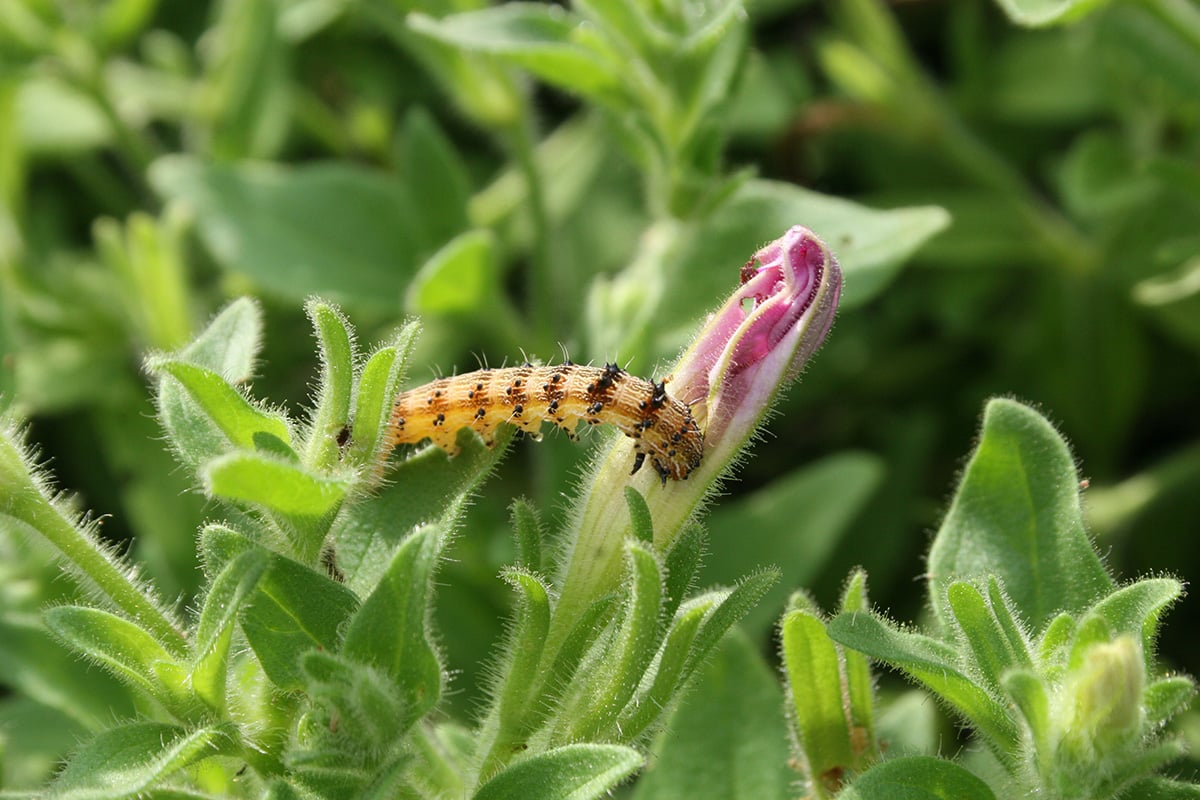Seven Tips to Prepare Your Lawn for Summer
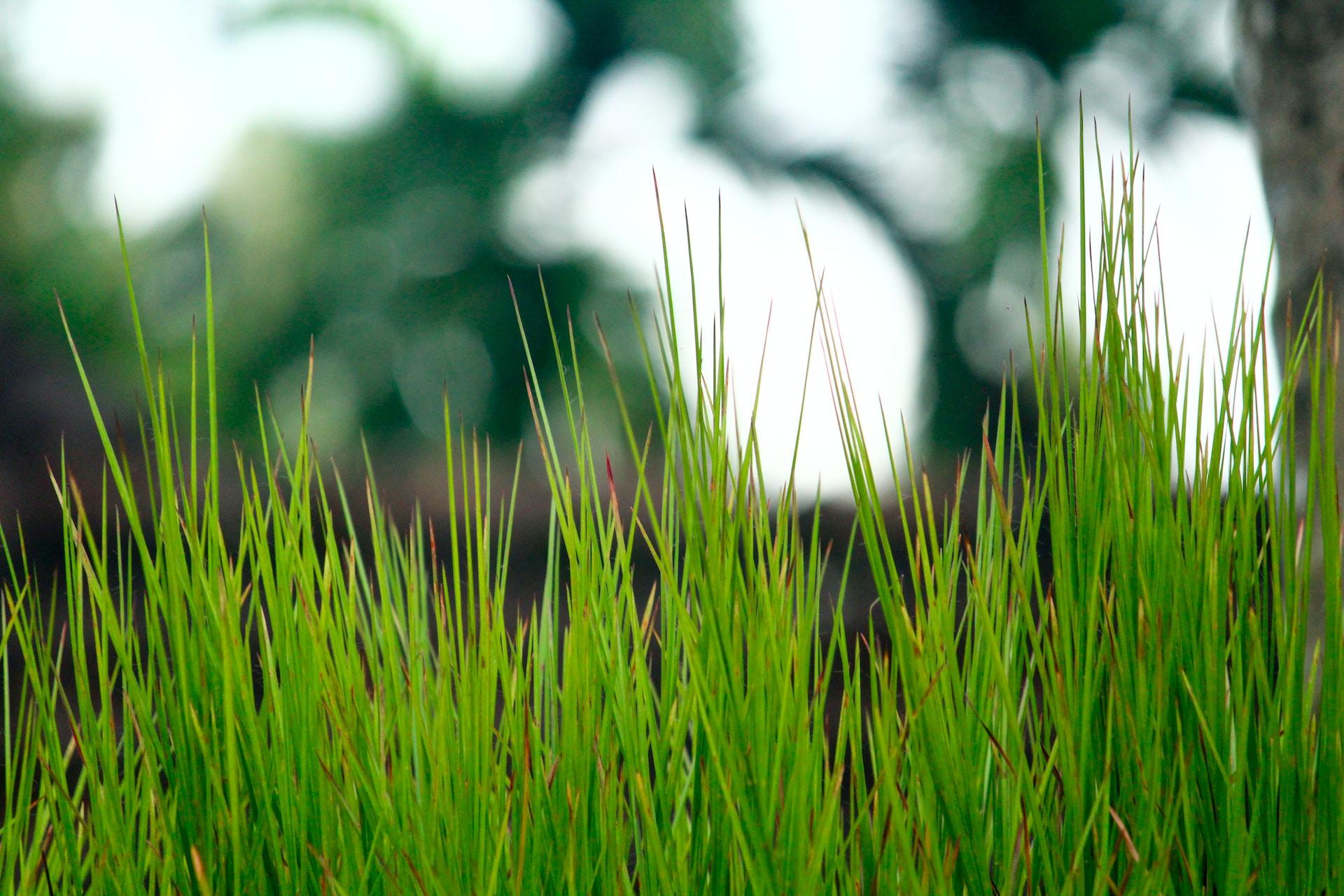
Table of Contents
Preparing your lawn for the summer is essential to help it to remain healthy and vibrant throughout the hot season. However, this task can be overwhelming and confusing. If your lawn is straggling, weedy, and browning, it will take time and effort to repair it.
Even healthy grass needs regular maintenance and care in order to stay looking its best and repel diseases and weeds. Here are some steps you can follow to prepare your lawn for the summer and keep it looking great:
Clean up Debris
In the spring or early summer, you should clean up your lawn from the previous fall and winter months. Remove any sticks, leaves, or other debris that is still in your yard so that you will be able to mow and the grass will be able to grow.
If your grass is packed down from heavy snow or leaf piles, raking will help to lift the old grass, aerate the surface of the soil, and loosen any packed debris. Rake the surface gently to prevent damage to the grass and improve air circulation.
Fertilize the Grass
Feed your lawn with fertilizer at least four times a year or as often as instructed on your fertilizer package. Different brands and types of fertilizer will have different application times. Fertilizing will help your lawn green up, grow vigorously, and resist weed and insect infestations.
Choose a slow-release or organic lawn fertilizer and apply it according to the instructions on the package. This will provide the necessary nutrients to support healthy growth and maintain the lawn’s green color throughout the summer. Alternatively, use a fast-release fertilizer to give your lawn a quick pick-me-up or greening treatment, and switch to a slow-release option after your grass is looking healthier.
Water Properly
Deep watering is crucial during the summer months to help the grass develop deep, strong roots. Water your lawn early in the morning to reduce evaporation and allow the grass to dry before nightfall. Water deeply but infrequently to encourage the roots to grow deeper into the soil.
Most lawns need to receive one to one and a half inches of water each week during the growing season. If your lawn receives plentiful rain, you can skip watering as it’s important not to overwater your grass. However, it is also important to make sure your grass isn’t drying out too much between watering sessions. Generally, you should water once or twice a week but if it is very hot or dry you may need to water more often.
Furthermore, you can invest in technology to water your lawn correctly. WiFi tap timers enhance lawn maintenance by offering efficient water usage, remote control via smartphone apps, and customizable watering schedules. They integrate with weather forecasts to adjust watering based on local conditions, helping to prevent overwatering. These timers promote water conservation by tracking usage and providing maintenance alerts, ensuring optimal lawn care with minimal effort.
Mow Correctly
Start the summer season by mowing correctly. First, make sure that you aren’t mowing your grass too close to the ground. Cutting your grass too short can stress it and make your lawn less attractive. Set your mower to the appropriate height for your grass type, making sure not to cut more than one-third of the grass blade’s length at a time.
You should also make sure that your mower blades are sharp and will cut the grass cleanly, without ripping or leaving jagged edges. Finally, cut your grass often rather than waiting until it is tall or seed heads form. These steps encourage healthy growth, prevent stress on the grass, help eliminate weeds, and keep your lawn green, lush, and attractive.
Aerate the Soil
If your lawn has compacted soil or experiences drainage issues, consider aerating the soil. Aeration creates small holes in the ground, allowing air, water, and nutrients to penetrate deep into the root zone.
This can help loosen the soil and lessen compaction or hardpan. It is also helpful if your soil has developed thick thatch under the grass and it can even help worms and other beneficial organisms get a foothold in your lawn. Aerating can be done with a manual or mechanical aerator.
Overseed if Necessary
Consider overseeding your lawn to help fill in thin areas, bare patches, or areas where the grass has been damaged. Before you seed, research so that you will be able to use the correct seed for your situation and location.
Choose a quality grass seed that matches your existing lawn and is ideal for your climate, level of sunlight, and soil. It would be best if you also tried to troubleshoot the reasons behind your thinning or bare areas so that you can take measures to fix the problem. Consider factors like lighting, soil problems, insect infestations, wear and tear, and water or rain drainage.
Take steps such as finding more shade-tolerant grass, using herbicides or pesticides, and installing paths to help reduce worn areas before seeding. Once you have finished troubleshooting, spread your new grass seed evenly over the areas that need improvement. Water the overseeded areas once or twice a day and avoid walking in those areas until the new grass becomes established.
Monitor and Maintain Your Lawn
During the growing season, it’s essential to maintain and monitor your lawn regularly to keep it healthy. Keep an eye out for weeds and take action to control them. When you see an occasional weed, you can spot-treat it with an appropriate herbicide or pull it out manually.
If you begin having an area of weeds that are more persistent or invasive, you can use a more thorough treatment over the whole area or lawn, such as a broad-leaf herbicide, to eliminate the infestation. Be cautious when using herbicides and follow the instructions carefully to avoid damaging the grass.
Make sure that you are using an appropriate and effective weed killer for your particular type of weed and grass, and that you take precautions around children or pets.
Just as you have to watch for any weed infestations, you also have to keep an eye out for signs of pests or diseases on your lawn. If you notice any issues such as browning spots, thinning areas, strange coloration, or dead areas take immediate steps to identify the problem.
Research online or call your local extension office to find out how to take appropriate measures to control the problem. This may involve using insecticides or other chemicals or contacting a lawn care professional for assistance.
Conclusion
By following these steps, you can ensure that your lawn is in excellent condition and ready to withstand the challenges of summer. No matter where you live or what your climate is like, regular maintenance and attention will help to keep your lawn looking lush and healthy throughout the season.
In some areas, this maintenance is easy and you will not have to battle many lawn pests. In other areas, you may battle issues such as extreme heat, sunshine, dryness, or pests which will make it much more difficult to establish healthy grass. Either way, these steps will help you to create a beautiful lawn where you, your children, and your pets can play and relax.

